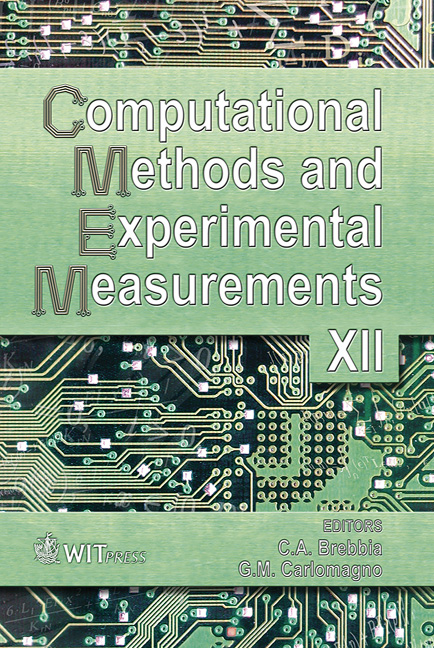Design Approach Of Squirrel Cage Induction Motors By Use Of An Iron Loss Optimisation Method For Improving Efficiency
Price
Free (open access)
Transaction
Volume
41
Pages
9
Published
2005
Size
1,986 kb
Paper DOI
10.2495/CMEM050601
Copyright
WIT Press
Author(s)
B. B. Saanane, A. H. Nzali & D. J. Chambega
Abstract
The design of electrical machines presents a mathematically indeterminate problem. There is no single optimum design and to compound the problem there are different ways to solve a design problem in electrical machines. A substantial part of the losses in electric machines is the loss in the iron core, and so, through optimisation, the motor efficiency can still be improved. In this paper, an iron loss prediction model is developed which ensures a minimized iron loss for any standard motor frame. Through the generated optimal points of stator bore diameter, D, and air-gap magnetic flux density, B, a new motor geometry is reconfigured which assures lowered iron and total motor losses. The new motor design was simulated on a 2D-FEM to analyse the new motor response. Experimental results, which agree with the results of the design, show an improvement of motor efficiency. Empirical formulae are also developed which can greatly assist motor designers. Keywords: iron loss model, optimisation, analysis, design formulae, efficiency. 1 Introduction Computation of iron (core) losses in induction motors cannot be performed through exact analytical methods but is dependent mainly on empirical constants and experience of motor designers and manufacturers. In comparison to copper losses which are to a larger extent easier to calculate, iron losses are mostly associated with some practical quantities, for example the type of material and manufacturing conditions.
Keywords
iron loss model, optimisation, analysis, design formulae, efficiency.





